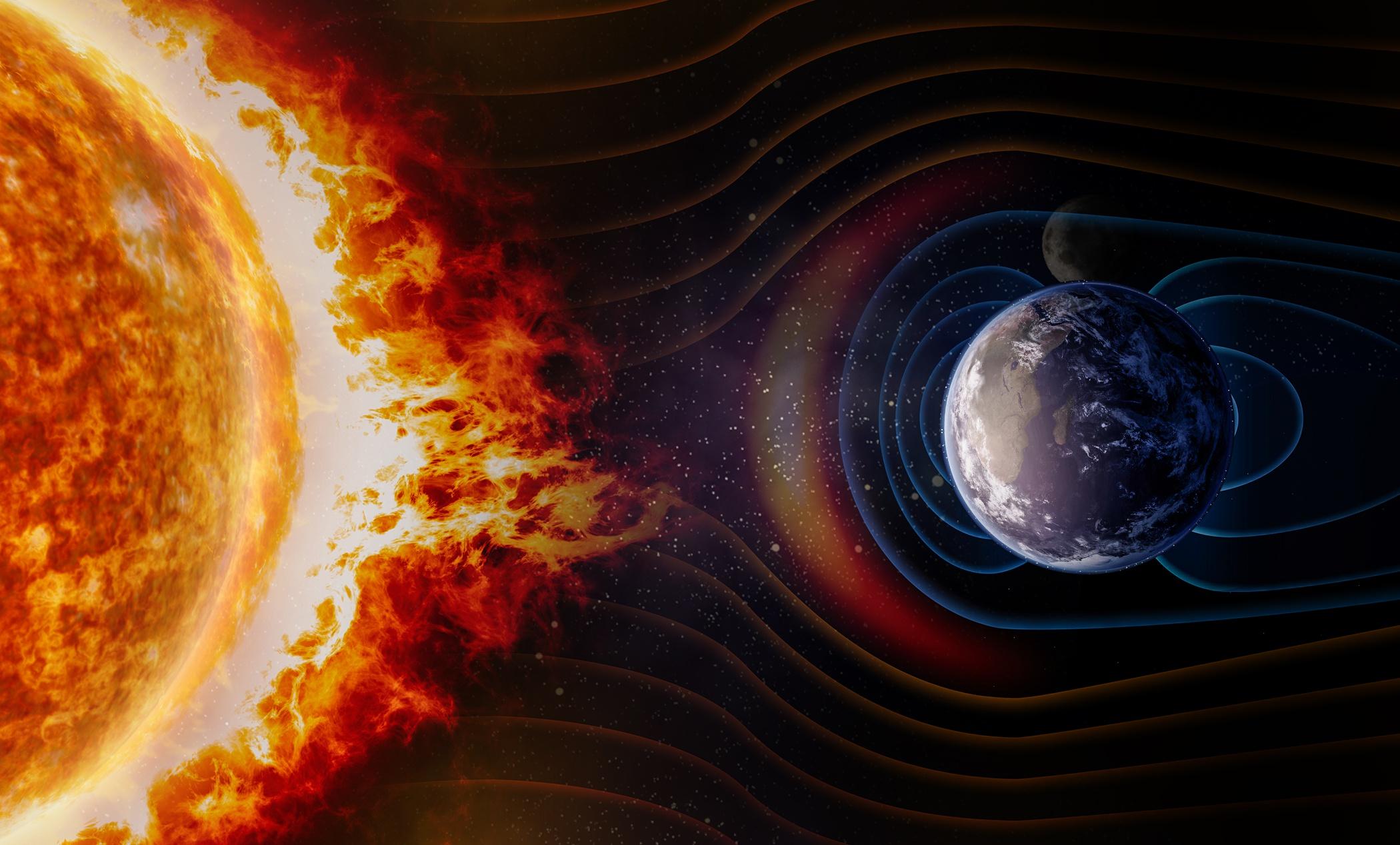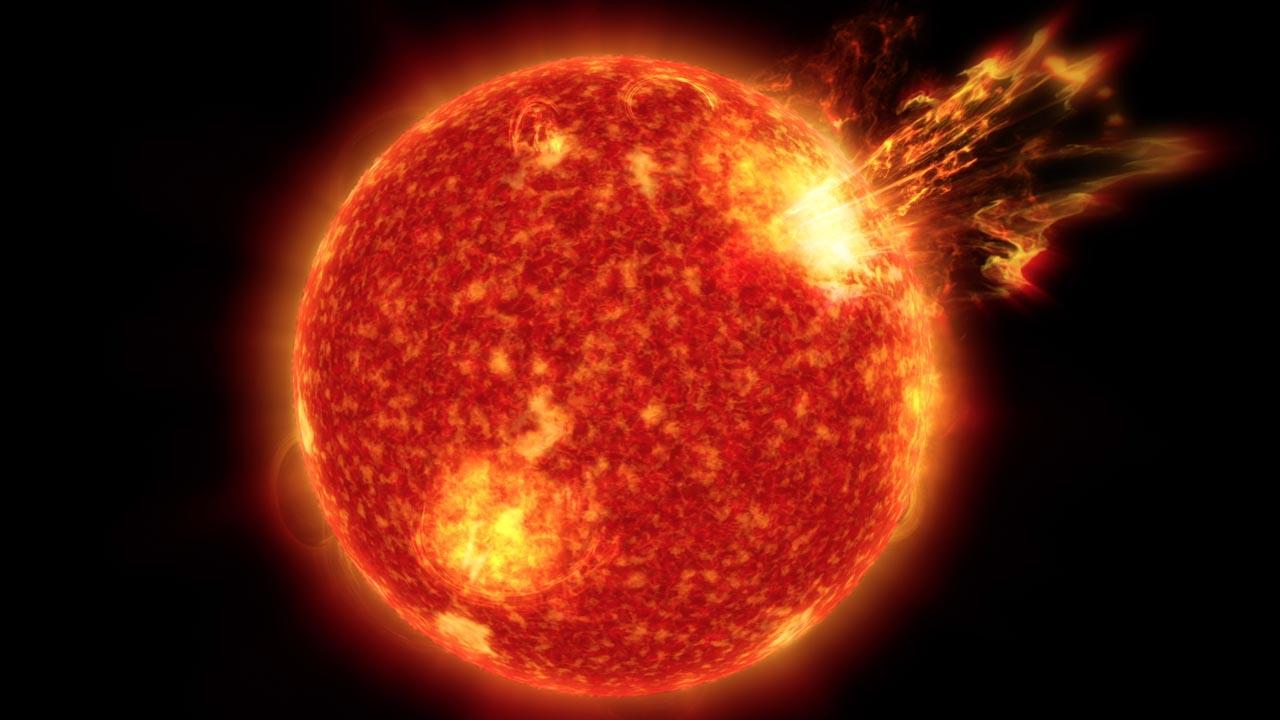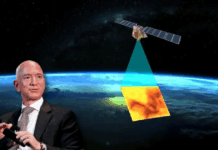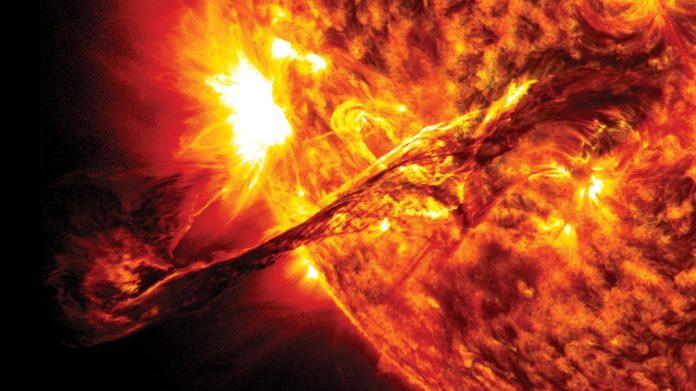A solar storm takes place when disturbances in the atmosphere occur on Earth due to activities on the Sun, particularly solar flares. These flares are expelled from the Sun and can have an impact on anything they encounter on our planet.
According to reports from NASA, the US space agency, there is a warning about an impending solar storm that could potentially cause months-long disruption of global internet connectivity, leading to what the media refers to as an “internet catastrophe.”

The magnitude of such a widespread failure of the internet would have catastrophic consequences for the current world, resulting in billions of dollars in losses per day worldwide. Scientists at the space agency, however, are making efforts to prevent such a catastrophe through the launch of the “Parker Solar Probe” in 2018, which serves as a continuous observer of the Sun. This mission allows them to study and prepare for how a solar storm could impact the infrastructure of the planet.
So, the question then arises: how likely is the occurrence of this envisioned “internet apocalypse”?
Here’s what we know.
What are solar storms and their effects?
A solar storm happens when disruptions in the atmosphere take place on Earth due to activities on the Sun, particularly solar flares. NASA explains that during an 11-year cycle, the Sun becomes more active around the midpoint of this period and gradually calms down afterwards. As the Sun becomes more active, the solar storms become more severe and powerful. While the frequency of these storms can vary, the most intense geomagnetic storms can cause disruptions in satellite operations, radio signals, and internet connections.

What’s currently happening on the Sun?
The Sun has been in Solar Cycle 25 since December 2019, marking its 25th 11-year cycle since record keeping began in 1755. Initially, the National Weather Service predicted that peak sunspot activity would occur in 2025, with overall activity of the cycle being described as “fairly weak.”
However, recent findings indicate that the cycle has escalated at a faster rate than originally predicted. It now appears that the peak could happen as early as the end of this year, as we’re already witnessing an excessive number of sunspots and solar phenomena – such as the massive geomagnetic storm that caused auroras from the UK to California back in March. Moreover, according to researchers, we could witness even more potent consequences than originally expected.

“Sunspots emerge when strong magnetic fields pierce through the surface of the Sun,” reports Alex James, a solar physicist at University College London. “By observing those sunspots, we can gain an idea of the strength and complexity of the Sun’s magnetic field at that moment.” Currently, all the evidence points to the fact that the solar maximum will “peak earlier and reach higher levels than expected.”
It’s important to note that not all solar storms impact Earth, of course – only the ones that occur when that part of the Sun is facing our planet. However, with more frequent storms, the likelihood of such an impact increases, and stronger storms could lead to more severe effects.
Stay tuned to Brandsynario for the latest news and updates.




































